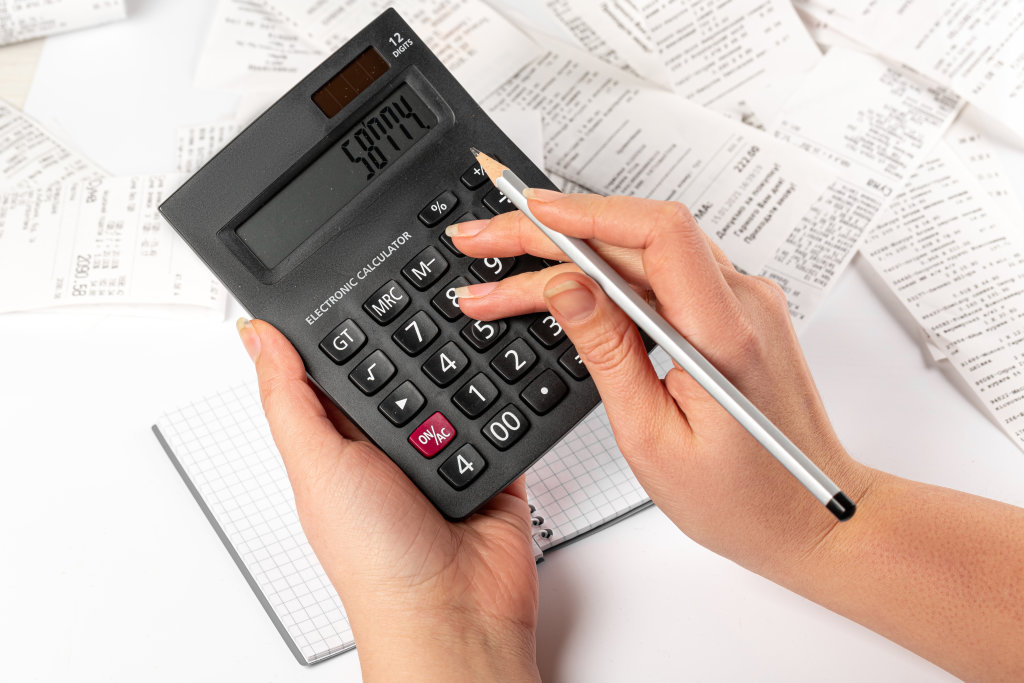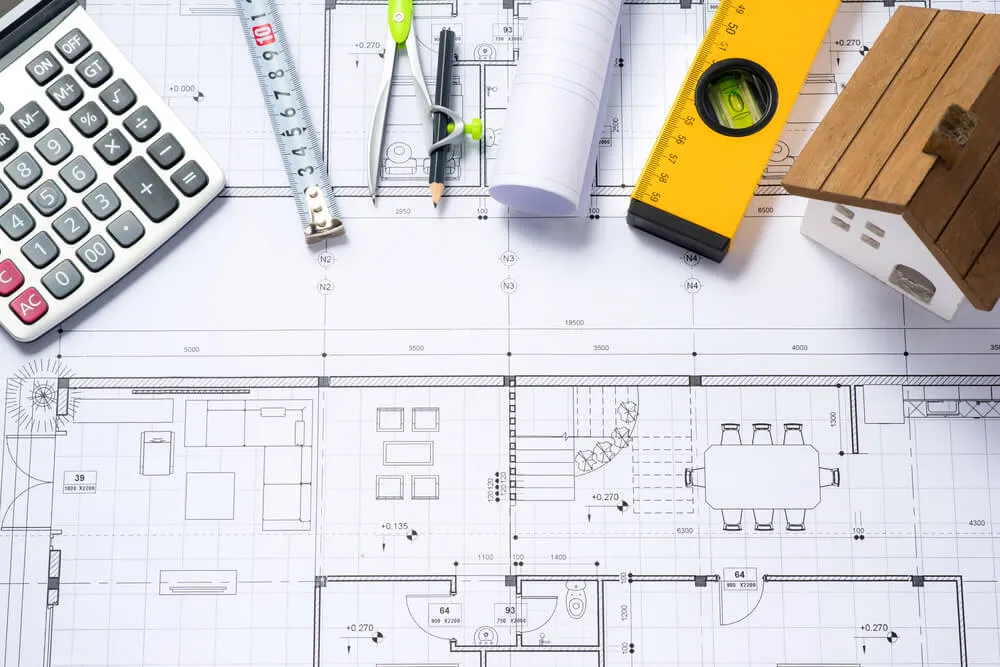Improving the accuracy of Estimating

3rd April, 2020
Estimating is one of the grey areas of the Quantity Surveying field, the very best make it seem like a dark art, whereas those slightly unsure of their professional capability can be many thousands of pounds out on their estimates for clients. Whilst it is important to remember, this is an “estimate”:
“roughly calculate or judge the value, number, quantity, or extent of something”
You need to be as accurate as possible. At this stage of the project the design information is normally sketchy and the need for the client to make an accurate and informed decision is high as they are about to commit to investing a large sum of money into an investment property / apartment development / new home extension etc.
The first step to improve your estimates is to treat the project as if it is your own money. That is at the end of the day, the only reason why the client has approached you asking for an estimate. You are in control of their money and financial decision. You need to realise the importance of the work you are doing, it is ultimately the deciding factor for every client on whether to invest in a project or if it’s going to be achievable for their budget.
Building on from the first step, number two would be to accurately measure as much of the information as you can. Can you measure net wall areas as well as gross floor areas? Can you measure a likely substructure design? Can you measure the pitched roof area? A lot of complacent QS’s will just throw generic rates at the square metre floor area, which is utterly meaningless as no two jobs are the same. You will always get more accuracy from quantifying as much of the work as you can.
Using Gross Floor Areas and applying rates to this is like trusting your bank details with one person from a random group of five people (with four criminals). It is a complete punt in the dark, which the QS will get correct one out of five times. Not really what clients committed thousands/millions of pounds really want to hear.
The third step is the quality of the cost data used. Generic indices such as BCIS and Spons are a good tool check the estimate for any large irregularities, but should not be used as primary cost data. This is a common error by Quantity Surveyors. A QS who is fantastic at estimates will have their own cost data, whether that is from their own labour and material rates they have built up themselves or using accurate prices from recently tendered Bills of Quantities to deliver the client with up to date market rates for the items on their project. Some of our tools to assist with this can be found within the E-Products and Members Area, and the process is better explained within the QS academy.
The final step is realising you want the project to work for the client. Firstly, you need to prepare prior to presenting the client with the estimate as if they are going to see this as bad news. Personally in my experience, a client’s usual reaction is that this project is too expensive for them. You need to armed with information to help convince them if you feel the project can be viable for the figure they have in mind. For example, if you change that roof make-up, or change that layout, or change that tiling to this you will save £x. This is what separates the very best QS’s from the mediocre. This is fundamentally what a QS’s job is, like a good accountant with your tax return, your QS should more than pay for themselves with savings on a project. Secondly, this would secure you with further fees/work associated with the project succeeding including pre and post contract services. So it is a win/win scenario for QS and client.
This article has discussed some of the key themes of the Pricing and Estimating School in the QS Academy section of the website. If this is an area you want to improve on as a QS it would be worthwhile to check this course out.




